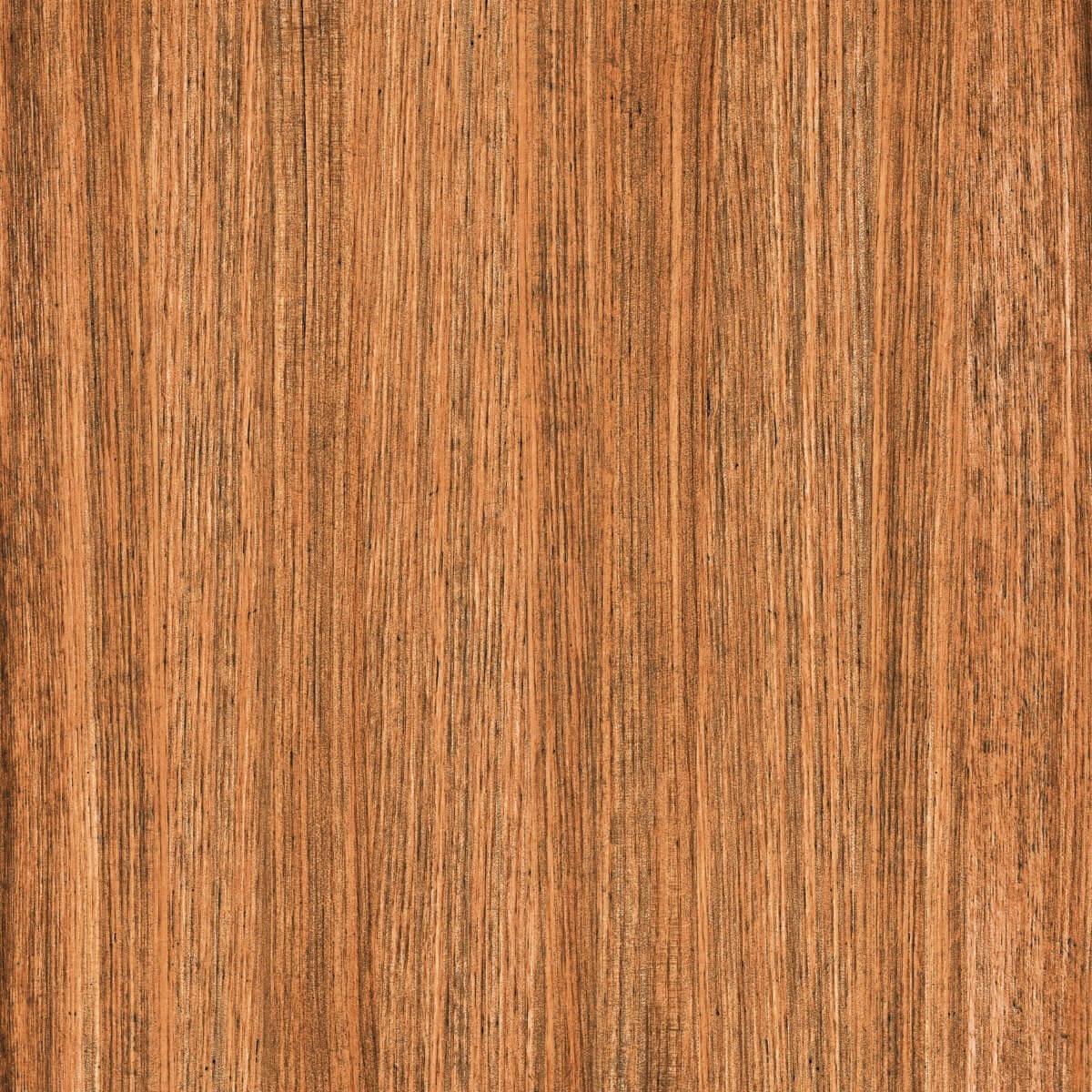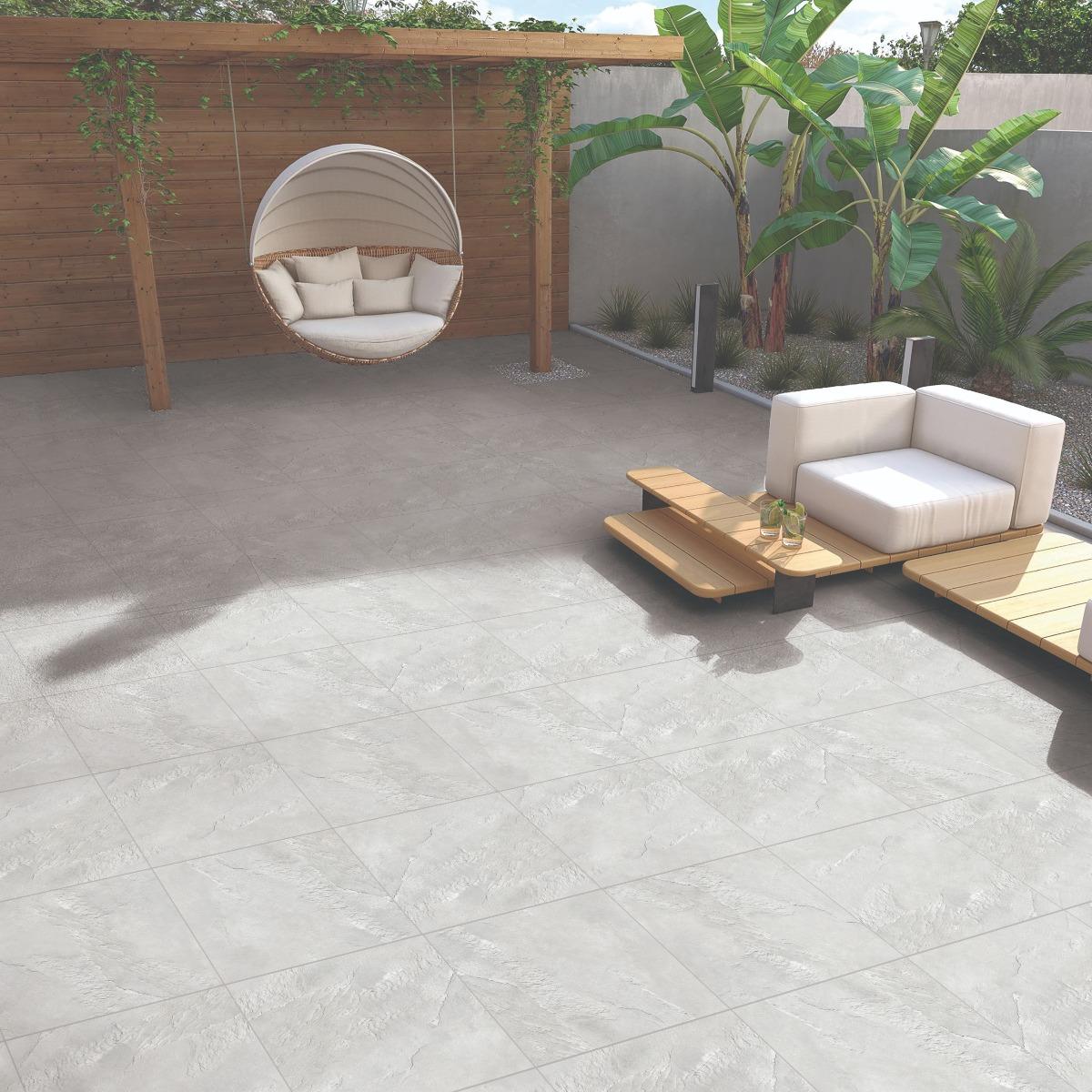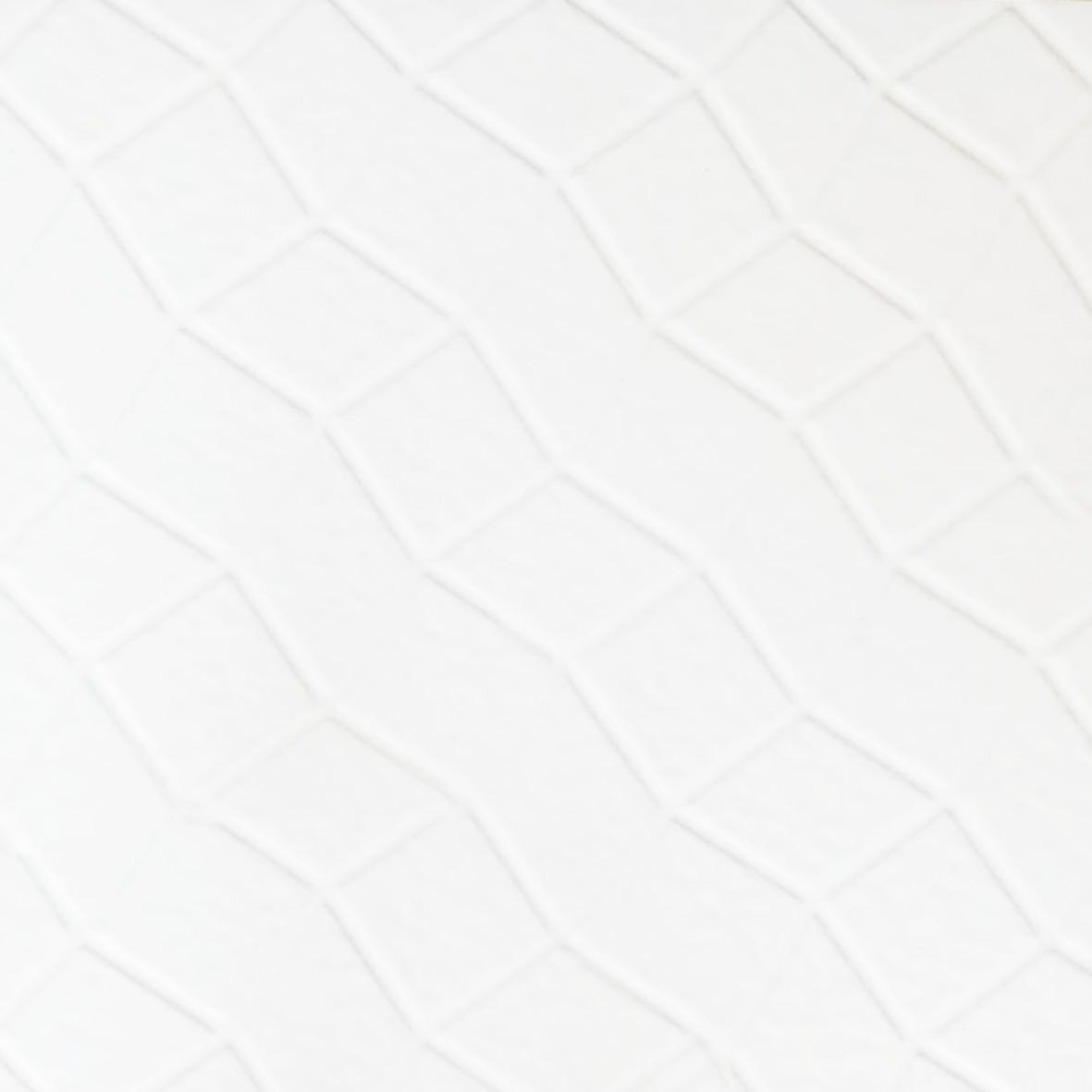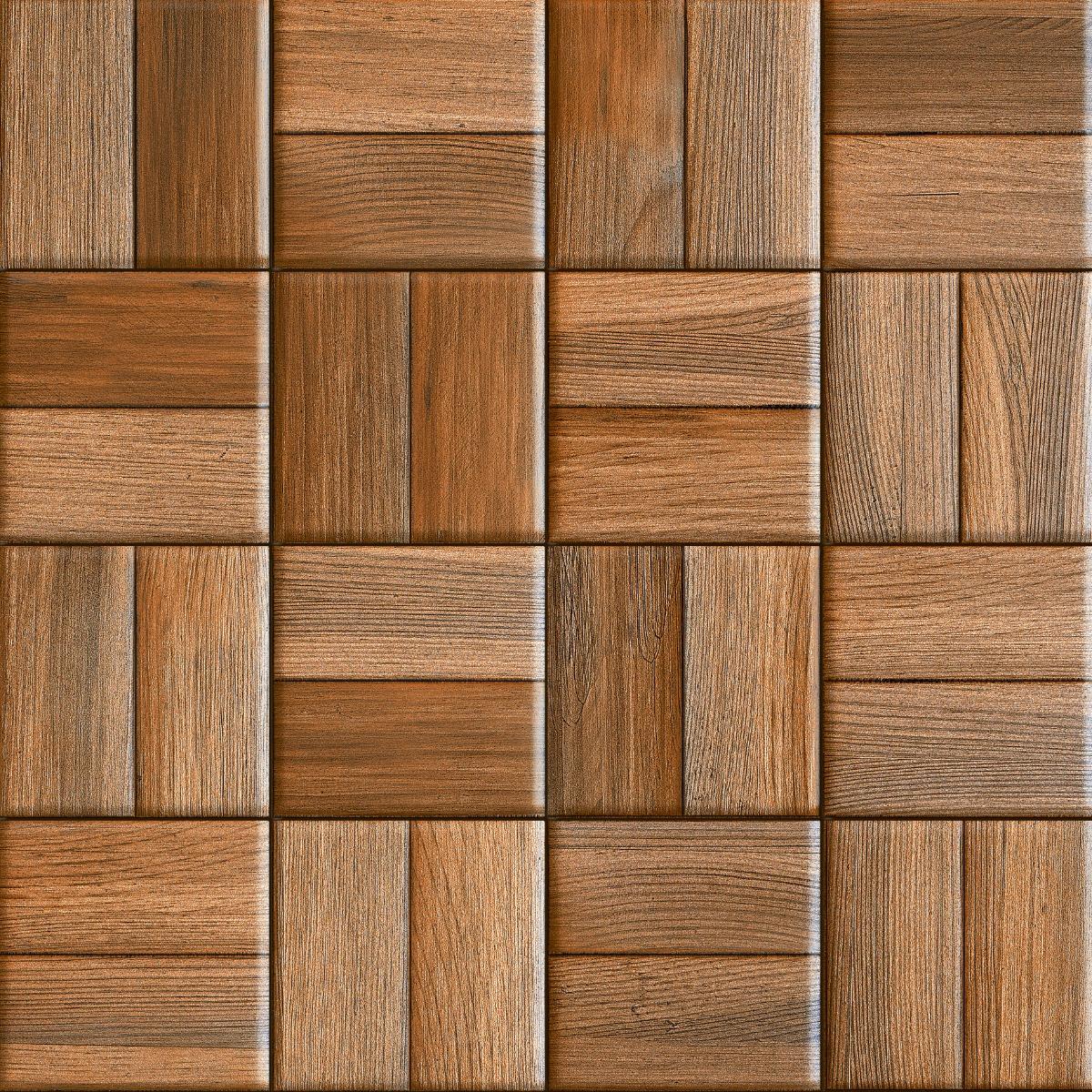Ceramic Tiles vs Vitrified Tiles: A Comprehensive Comparison
| Parameters | Ceramic tiles | Vitrified Tiles |
| Composition | Ceramic tiles are made with a combination of clay and water. | Vitrified tiles are made with a combination of silica and clay where the ratio is 60:40. They may also include other materials including quartz, silica, and feldspar. |
| Manufacturing Process | The mixture of clay and water is pulverised to make a fine substance which is then shaped and fired at high temperatures in a kiln. Ceramic tiles are easily moldable and thus can be shaped into various interesting, different, and unique shapes. | The combination of various materials is heated at a high temperature. The composition of the tile provides them with a glassy appearance. |
| Strength | Ceramic tiles are less strong as compared to vitrified tiles. | Vitrified tiles are stronger as compared to ceramic tiles. The additional vitrification process and composition of materials make them stronger. |
| Durability | Ceramic tiles are comparatively less durable than vitrified tiles. | Vitrified tiles are more durable than ceramic tiles due to their additional strength. |
| Scratch Resistance | Ceramic tiles have good resistance against scratches, but they are weaker as compared to vitrified tiles. | Vitrified tiles resist scratches because of their tough surface and strong composition. |
| Stain Resistance | Compared to vitrified tiles, ceramic tiles offer low resistance to stains. If staining material is not cleaned quickly, it may stain the tile permanently. | Vitrified tiles are highly non-porous and are thus way more resistant towards stains than regular ceramic tiles. |
| Anti-Slip Properties | Ceramic tiles are generally available with coarse textures and surfaces, which makes them less slippery. | Vitrified tiles have a smooth and glossy surface which can become quite slippery in moist conditions. |
| Texture | Ceramic tiles are generally available in coarse and textured styles. | Vitrified tiles have a glossy texture with a glass-like sheen. |
| Finish | Ceramic tiles generally come with a matte finish. | Vitrified tiles have a glossy finish. |
| Glazing | Ceramic tiles require an additional glaze on the top to make them stronger and prettier. The glaze adds an extra layer of protection and sheen to the tiles. | Vitrified tiles can work well without a glaze. |
| Colours and Sizes | Ceramic tiles are available in different shapes, sizes, colours, and designs. | Vitrified tiles are available in different sizes, colours, shades, and designs. |
| Water Absorption | Ceramic tiles have a low rate of water absorption of around 3%. When it comes to water absorption of ceramic tiles, they are known to be mildly water absorbent, making them a suitable option for areas with moderate moisture exposure, such as kitchens and bathrooms. | Vitrified tiles have a very low rate of water absorption, which is lower than 0.5%. This makes them extremely less porous and less water-absorbent. |
| Installation | Installation of Ceramic Floor tile is easy. | Installation of vitrified floor tile is easy. |
| Care and Maintenance | Ceramic tiles have a high number of joints which makes them more difficult to maintain and clean as compared to vitrified tiles. If not cleaned quickly and properly, they may stain. | The glossy surface of vitrified tile makes them impervious to stains. They are easy to clean and maintain. They have very few joints which make cleaning easy and quick. |
| Repair and Replacement | Ceramic tiles can be repaired and replaced easily and quickly because of grout. It is possible to replace even a single tile. | Vitrified tiles may require professional help for repair and replacement. Replacing a single tile is difficult. |
| Price | Ceramic tiles are more affordable as compared to vitrified tiles. | Vitrified tiles are costlier than ceramic tiles. |
| Area of Use | Ceramic tiles are well-suited for indoor purposes as compared to outdoor ones as they are more porous. They are perfect for halls, bedrooms, and dining rooms. | Vitrified tiles are water-resistant and can be used indoors as well as outdoors. |
Both vitrified and ceramic tiles have their pros and cons. The customer must understand their requirements before choosing a tile for their space. This way, the customer will save a lot of money, effort, and time required for redoing tiles.
How Orientbell Tiles Help You
Ceramic tiles vs vitrified tiles is an age-old question that often confuses customers. If you have decided on the material and now want to check out designs for your space, head over to the orientbell Tiles website, where you will find a massive collection of different tiles. If you would like to see how a particular tile looks in your space, check TriaLook , a visualiser tool that allows customers to see tiles coming to life in their own space.
How Can You Identify Ceramic Tiles from Vitrified Tiles?
Being able to distinguish between ceramic and vitrified tiles can go a long way in selecting the ideal flooring or wall tile. Begin by looking at the texture and finish of the tile. Ceramic tiles are more natural, matte-finished, while vitrified tiles are smoother and glossier.
Inspecting the body of the tile is also one way of identifying the best ceramic and vitrified tiles. Ceramic tiles will usually be red or brown in colour due to the content of clay, while vitrified tiles are light in colour and even in texture. You can also tap the tile gently—vitrified tiles will ring sharper due to their density.
Understanding how to identify ceramic and vitrified tiles helps you in selecting the correct product for your space. When you’re after a cost difference between ceramic and vitrified, then if it’s going for a frugal, indoor answer, ceramic will be fine. If it’s a high-traffic, moist situation, go with vitrified.
What Does Vitrified Tile Mean?
Vitrified tiles are made in a proportion of 60:40 of silica and clay. They may also include other substances like quartz, silica, and feldspar. This gives the tile a shiny, hard surface and makes it highly water-resistant and strong. So, what does vitrified tiles mean? Vitrified tiles are stronger than ceramic tiles. The additional process of vitrification and composition gives strength to them and makes them resistant to scratches because of their hard surface and strong composition.
They possess a very low water absorption rate, less than 0.5%. This makes them far less porous and less absorbent of water, which makes them ideal for moisture-prone areas and heavy-traffic zones like living areas, hallways, or even balconies. Vitrified tiles meaning also includes their long-lasting sheen, stain resistance, and low maintenance needs. If you’re aiming for a modern, sleek look with practical advantages, vitrified tiles are a great option that balances style and performance.
10 Stylish Ceramic Tiles That You Can Explore in Our Collection
- Black and White Tiles:
![]()
Opt for black and white tiles, like SEG Strips Marble White and SHG Mosaic Black White HL, which offer the classic contrast to provide elegance and sophistication to any space.
- Best Room: Living rooms, kitchens, bathrooms, and entryways.
- Floor or Wall: Suitable for walls and floors. They can be used on the floor for a timeless, bold appeal or on the wall to create striking focal points.
- White Tiles:
![]()
Combine white tiles, like HRP White Hexagon and BDM Statuario Vein Marble, for clean, bright surfaces that deliver a timeless, airy atmosphere everywhere. Also, you should combine cool tiles, like Plain Cool Pro EC White, to maintain a pleasant atmosphere indoors.
- Best Room: Bathrooms, kitchens, and living rooms.
- Floor or Wall: Perfect for both wall and floor installations. For a more spacious feel, you can consider using them on walls.
- Beige Tiles:
![]()
Consider warm and neutral tones, like beiges in SPB Silvia Marble Beige LT to create perfect, inviting environments.
- Best Room: Living rooms, kitchens, and bedrooms.
- Floor or Wall: Great for walls and floors. Beige tones are perfect for adding warmth and can be laid throughout a room.
- Grey Tiles:
![]()
Invest in minimalist and modern tile choices, such as grey hues in BDM Cemento Slate, which are quite versatile, complementing various design styles wonderfully.
- Best Room: Living rooms, bedrooms, kitchens, and bathrooms.
- Floor or Wall: Best on the floor for a sleek, modern look, or as accent walls in modern settings.
- Blue Tiles:
![]()
Pick blue tiles, like BDM Cemento Blue, and BDF 5×5 Moroccan Blue FT, to provide serenity and calmness, which make them ideal for creating a tranquil ambience, especially in bathrooms. Blue tiles represent water and tiles with multiple patterns enhance the overall look of the bathroom into an elegant one.
- Best Room: Bathrooms, kitchens, or bedrooms.
- Floor or Wall: Perfect for both wall and floor applications. Blue Tiles work especially well as a feature wall or backsplash.
- Brown Tiles:
![]()
Go for earthy brown tile tones, like BDF Cloudy Ornamental Cotto HL FT, BDF Cloudy Cotto FT, and BDM Mandala Art Brown, to add warmth and grounding spaces with natural beauty.
- Best Room: Living rooms, entryways, and dining area.
- Floor or Wall: Brown tiles look amazing on floors, offering a grounding effect, or on the wall as part of a rustic or earthy appearance.
- Pink Tiles:
![]()
Consider pink tiles, like Mosaic Cool Pink, for soft and playful atmospheres, as they bring a whimsical touch to your interiors.
- Best Room: Bedrooms, bathrooms, or kids’ playrooms.
- Floor or Wall: Best as wall tiles for a playful, creative splash of colour or as accent features in a soft, serene space.
- Yellow Tiles:
![]()
Select bright and cheerful yellow tiles, like Plain Mango Yellow, to energise spaces with vibrant warmth.
- Best Room: Kitchens, bathrooms, and play areas.
- Floor or Wall: Primarily used on walls to create uplifting, sunny feature areas or accents. They can also be used on the floor for a burst of energy.
- Green Tiles:
![]()
Opt for green tiles, such as HHG Moroccan15 Mosaic Green HL, OHG Mosaic Onyx Aquagreen HL, and OHG Teal Gold Twinkle HL, for a refreshing and organic feel that evokes nature’s beauty indoors seamlessly.
- Best Room: Bathrooms, kitchens, or living areas.
- Floor or Wall: Ideal for walls and floors. You can use them on walls for a nature-inspired feature wall or on the floor for an earthy, natural vibe.
- Dark Tiles:
![]()
Don’t miss checking out the bold and striking dark tiles, like SDG Coco Wood DK to create eye-catching focal points effortlessly.
- Best Room: Living rooms, entryways, and bathrooms.
- Floor or Wall: Perfect for both floor and wall installations. The dark tiles work great as a feature wall or as a durable, stylish flooring option.



























